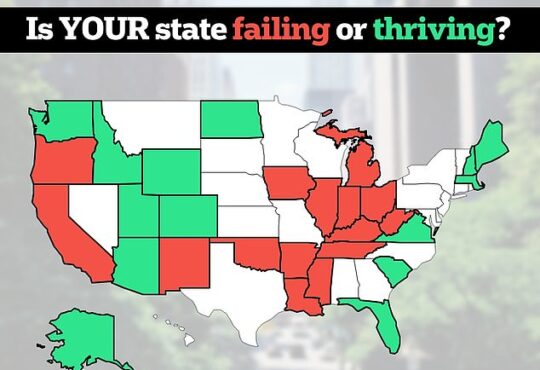
Despite some horrendously wrong predictions, there hasn’t been a recession since the COVID-19 pandemic. But the last few weeks show that things have been changing for the worse.
It’s something investors should consider carefully because certain assets do better in a recession than others, history shows.
Shrinking Loan Problems
At the top of the list today is the paltry growth of commercial loans and leases. Its a measure of credit growth, which many people realized was key to any growth at all during the Great Recession of 2007-2009.
At the beginning of this year, December 2022, growth of loans and leases from commercial banks showed an annualized increase of approximately 11.7%, according to data from the St. Louis Federal Reserve Bank database.
Since then there’s been downward trend. By November the annualized growth rate had settled at less than tone third of one percent — 0.3 % to be precise.
That’s far below the annualized inflation rate seen in November which was 3.1%, according to Trading Economics.
Perhaps more important, it shows that the real, or inflation adjusted, volume of loans and leases is declining.
If the growth rate of these types of credit had kept up with inflation then we would expect to have seen approximately 3.1% in annualized growth in November. We didn’t. We got one tenth of that, approximately.
Worse still, even if the U.S. banking sector had growth its lease and loan book by 3.1%, that would have been zero growth when adjusted for inflation.
The important thing about this key indicators is that the economy simply cannot growth without sustained loans and lease growth. And if the loan and lease growth doesn’t keep up with inflation then we effectively get contraction in the economy. In simple terms, if this trend doesn’t change then we are most likely to see a recession.
Money Shrinking
There’s another key indicator which tells us a similar story.
The amount of money in the economy is declining rapidly. Money includes bills and coins, but also bank deposits and similar. The measure, known as M2, has a broad definition and you can see the detail here.
However, what matters is mow much it grows or shrinks. This year M2 has shrunk $21.5 trillion on January 9 down to $20.8 trillion, again according to the St. Louis Fed database.
To put that in perspective, M2 rarely, if ever drops so much or so quickly.
Why does this matter? The best way to think about money is that it is the lubricant that keep the economy turning over. It’s similar to the way that a car or truck works. If you don’t put enough oil in the vehicle then the engine will cease up.
Likewise, without enough money in the economy, business won’t be able to happen with the same vibrancy as it normally does. The fact that it has shrunk so dramatically lately should be a worry to most investors.
If the downward trend doesn’t reverse or at worst stop shrinking then the U.S. economy could sink into a recession. That something that will hurt the global economy as well, history shows.
Follow me on Twitter or LinkedIn. Check out my website or some of my other work here.






